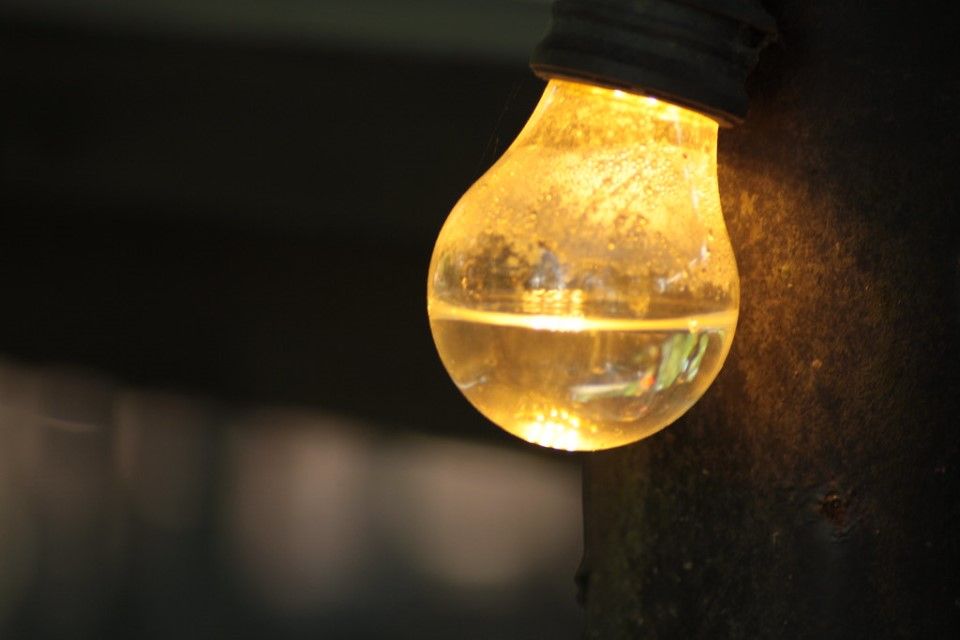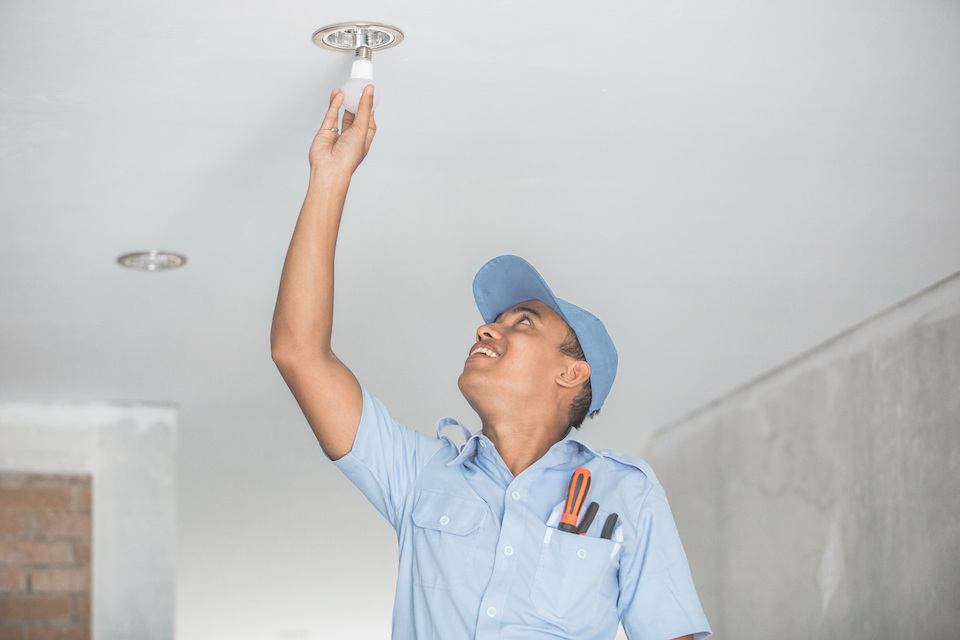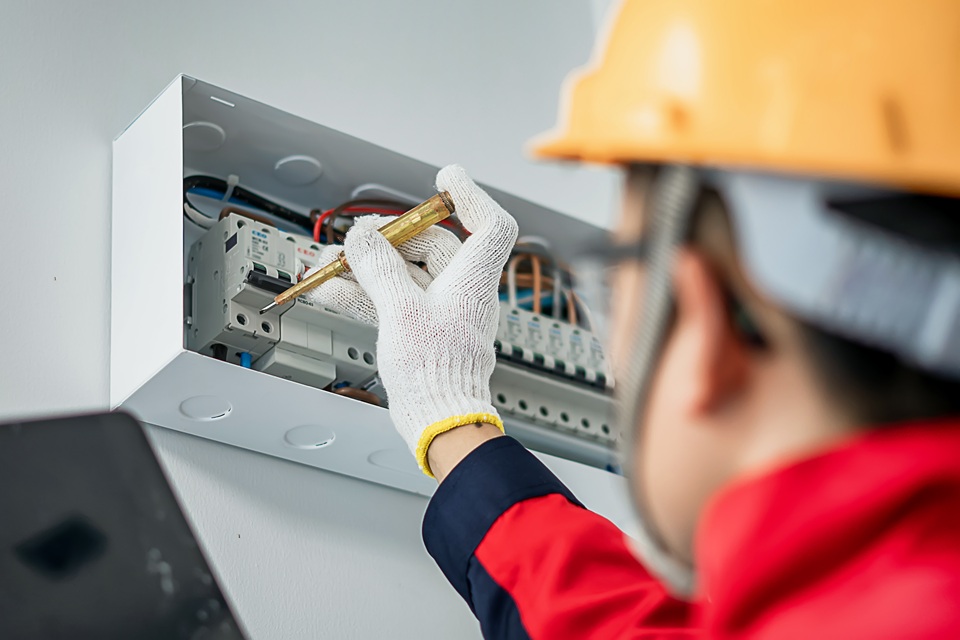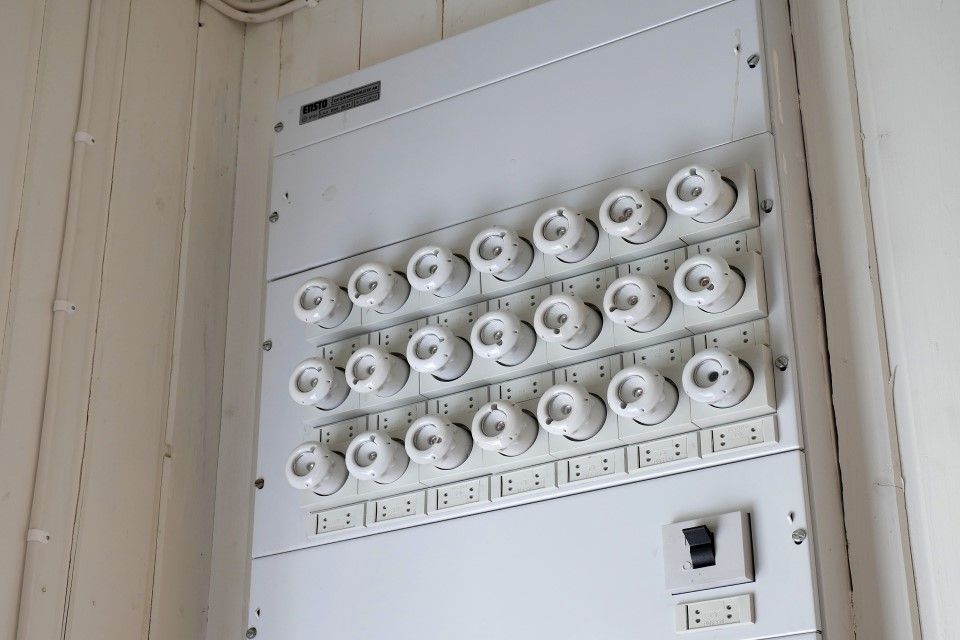Introduction
This article looks at topics such as the materials featured in both old and new wiring and how to judge the condition of your household’s wiring. This guide will be helpful if you are planning to have new electrics installed in your home, if you are trying to assess whether your household’s electrics should be rewired or if you simply want to expand your knowledge of past and present UK wiring colours.
When Did Wiring Colours Change?
For this section we will look at how wiring colours have evolved over the years. We will discuss how often the colours of wiring have changed in the UK and the reasons behind these changes. British wiring colours have changed for reasons of safety and to harmonise UK wire colours with other countries. British wiring colours have seen small changes several times in recent generations although a major overhaul occurred once in the mid-2000s.
Minor wiring colour changes occurred in the UK shortly after the second world war, in the 1960s and during the 1970s. The purpose of these changes was primarily safety with wiring colour changes occurring such as the white second phase wire being changed to yellow in 1964.
These minor changes helped to reduce confusion and therefore increase safety. The UK first adopted the IEC wiring colour standard in 2004. However, these changes did not fully come into effect until March 2006. Officially, these changes were brought in under British Standard BS 7671.
The main reason for these changes was to match UK wire colours with those in Europe in order to achieve harmonisation. The implementation of these new IEC-based rules resulted in the neutral, single phase live and three-phase live wiring colours all being changed. Only the protective earth wire retained its pre-IEC colour, that being green and yellow.
New Wiring Colours
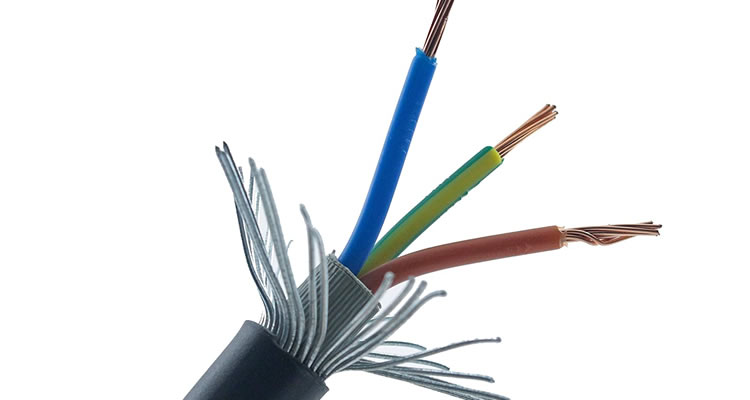
We will now lay out the details of UK wiring colours since the IEC rules came into effect. Current wiring consists of green/yellow, blue and brown wires. This colour code entails a live wire that is brown, a blue neutral wire and a green/yellow protective earth (PE) wire. Modern wiring colours are the result of the 2004-06 overhaul of wiring colours in the UK. The law since 2006 stipulates that these colours must be used for any wiring in new electrical installations. As a result, old wiring can still be found in pre-2006 installations.
Green/Yellow Protective Earth Wire
The PE wire has remained a mixture of green and yellow since 1977 and did not undergo any changes in the 2000s. A PE conductor exists for safety purposes and is designed to send a current straight to the ground if needed. This can prevent electrocution.
Brown Live Wire
The colour of the live wire changed from red to brown as part of the new regulations. If you find a red live wire in any of your appliances it means that the item uses old wiring. A live wire is that which carries an electrical current.
Black Live Wire
The 2004 changes also saw three-phase live wires change colours. A black live wire can be found as line 2 in three-phase wiring. It replaced a yellow live wire which was the standard line 2 colour prior to 2004.
Grey Live Wire
The grey live wire is line 3 in three-phase wiring. Previously the line 3 live wire was blue before the IEC rules were implemented a decade and a half ago.
Neutral Blue Wire
The neutral wire colour changed from black to blue as part of the IEC rules. Neutral wires are designed to regulate and manage voltage. They have the ability to return currents to the power source. The aforementioned brown live wire forms a complete circuit with the neutral blue wire.
3 Core and Earth Cable
A 3-core and earth cable are one of two common types of wiring systems. This type of wiring system is deemed appropriate for Appliance Class I, meaning any appliances with connectivity to earth. The internal 3-core and earth electrical cable colours comprise a live brown wire, a neutral grey wire, a green/yellow protective earth wire and an additional black conductor which we have discussed as the live line 2 wire.
2 Core and Earth Cable
2-core and earth cables are considered appropriate for Appliance Class II, inferring that they are suited for appliances which lack connectivity to earth. A 2-core and earth cable consist of a live brown wire, a neutral blue wire and a green/yellow PE wire.
Old Wiring Colours
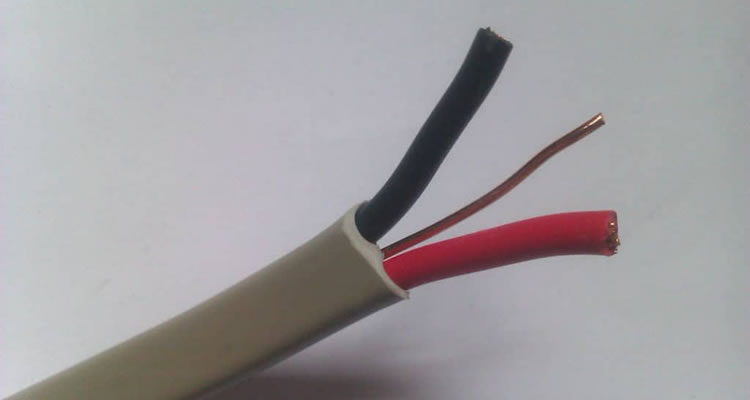
In this section, we will explain what colours were used for pre-IEC wiring in the UK. By law, electrical wire colours for new installations from 1977 to 2004 were composed of a green/yellow earth wire (or a bare copper wire) and black and red wires which were the neutral and live wires respectively. These electrical wire colours comprised the IEE wiring colour regulations prior to the introduction of European harmonisation in the 21st century.
Green/Yellow Protective Earth Wire
The only change introduced in the 1970s to the IEE colour regime concerned the PE wire. The earth wire colour changed from pure green to green/yellow wire colours in the UK, a combination which it retains to date. The UK also used a black earth before World War II.
Red Live Wire
Until 2004, the live wire colour was red for any new installations. This wire did not see any changes in 1977 and had been the standard colour of British line 1 live wires for generations.
Yellow Live Wire
Before the introduction of BS 7671, line 2 in any three-phase wiring was yellow. Line 2 had also been white pre-1964.
Blue Live Wire
Prior to 2004, the line 3 of three-phase wiring was blue. Line 3 was blue for several decades although it was green prior to the second world war.
Neutral Black Wire
All new neutral wires were black before 2004. This had not changed in 1977 and black had been the colour used in new UK electrical appliances for many decades prior.
3 Core and Earth Cable
Old 3-core and earth cables consisted of a live wire that was red, a neutral blue wire, a green and yellow protective earth (from 1977 onwards) and an additional yellow conductor, which was the previous standard for the second line live wire.
2 Core and Earth Cable
2-core and earth cables used to comprise a live red wire, a neutral black wire and either a green and yellow or bare copper PE wire. The latter had previously been either bare or pure green as part of the pre-1977 IEE rules.
What Are the Plug Wire Colours?
We will now look at plug wiring colours, both old and new. Plug electrical wiring colours refers to the wire colour code found inside a given plug. These colour codes can vary depending on whether the plug contains old or new wiring.
Old Wiring
Old plug wiring consists of a red live wire, black neutral wire and a green/yellow or a pure green PE wire. In some cases, the PE wire may appear as bare copper. The red live wire extends from the cable grip to the live terminal while the black neutral wire travels from the neutral terminal to the cable grip and the protective earth conductor connects the cable grip to the earth terminal.
New Wiring
Plugs with modern wiring contain a brown wire that is live, a blue neutral wire and a green/yellow PE wire. Broadly speaking, the wiring connections in new plugs are the same as in old ones but with different colours for the neutral and live wires. Distinctions between old and new wiring can also apply to the PE wire if compared to an old green or bare copper wire. The live brown wire travels from the cable grip to the live terminal, the blue neutral wire from the neutral terminal to the cable grip and the yellow/green protective earth wire from the cable grip to the earth terminal.
Condition of Electrical Cables
It’s important to know the condition of electrical cables in your home. This will allow you to know when your household should be rewired. In this section, we will discuss topics such as the materials used in old and new wiring.
Most modern wiring uses thermoplastic insulation. It’s also common for non-metallic sheathed cables to be present on the insulation. Synthetic polymer insulation is often used for underground electrical installations. The majority of conductors these days are made from copper although plenty of electrics still use aluminium conductors. Old wires were often made from aluminium or copper. Dated cables are usually coated in black rubber, lead or fabric. The best way to test the condition of your electrical cables is to have an electrical installation condition report (EICR) produced.
A hired electrician can test your electrics and produce an EICR. The results of this report will allow you to understand the condition of your electrical wiring. An electrician undertaking an EICR inspection will look for signs of damage and perform electrical tests among other checks. If the EICR shows that there are faults, damage or other issues with your house’s wiring you should have it rewired and, in some cases, you may be legally required to. Even before having an EICR produced, if your household is more than a quarter of a century old this may indicate that you should have your house rewired. If you are blowing fuses or the breaker keeps tripping, these events may signify that your wiring is in bad condition. Other signs that your household’s wiring is in poor condition include lights flickering or dimming when an appliance is turned off and the appearance of staining or discolouring on an electrical outlet.
FAQs
Q: What colour is the live wire in a plug?
A: Modern plug live wires are brown although the live wire will be red in old pre-IEC plugs.
Q: When were the colours of UK wiring changed?
A: The last significant change to electric wire colours in the UK began in 2004 with the introduction of the British Standard BS 7671. The transition to the new wiring colour regime was completed in 2006.
Q: What distinguishes a 3-core and earth cable from a 2-core and earth cable?
A: 3-core and earth cables have an additional conductor and are suitable for appliances with connectivity to earth. A 2-core and earth cable lack this additional conductor and are best suited to appliances with no connectivity to earth.
Q: How can I tell if my wiring is old?
A: If you find that the live wire is red and the neutral wire is black, this means that your wiring is dated.
Q: What is a protective earth wire?
A: A protective earth wire is used to send a current straight to the ground as a safety measure when needed.
Sources
- https://www.electricalsafetyfirst.org.uk/guidance/safety-around-the-home/earthing-and-bonding/
- https://www.collinsdictionary.com/dictionary/english/live-wire
- https://www.creativesafetysupply.com/articles/neutral-wire-color/
- https://flexform.co.uk/FAQs/difference-2-3-core-cable/
- https://www.electriciancourses4u.co.uk/useful-resources/history-of-wiring-colours-cable-sheathing-bs7671/
- https://www.aluminiumwarehouse.co.uk/blog/what-are-the-best-modern-wiring-materials/
- https://www.sparksdirect.co.uk/blog/a-simple-guide-to-electrical-installation-condition-reports-eicr/
- https://www.newboldelectrical.co.uk/how-often-should-you-rewire-a-house-in-the-uk/




